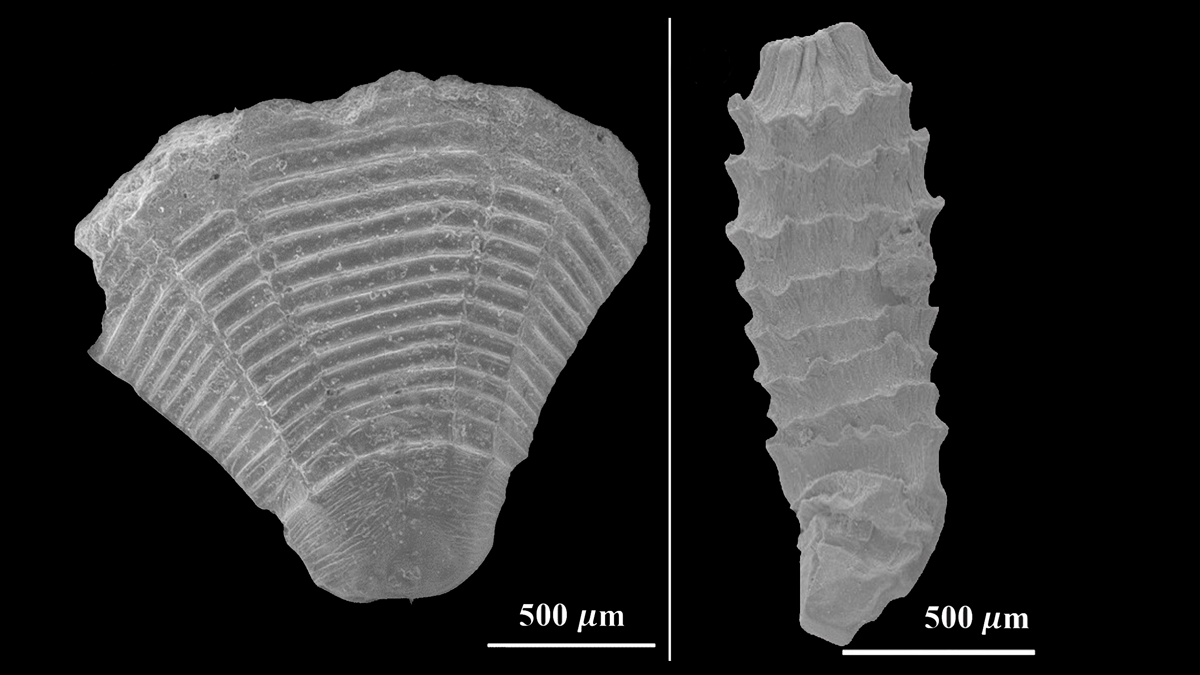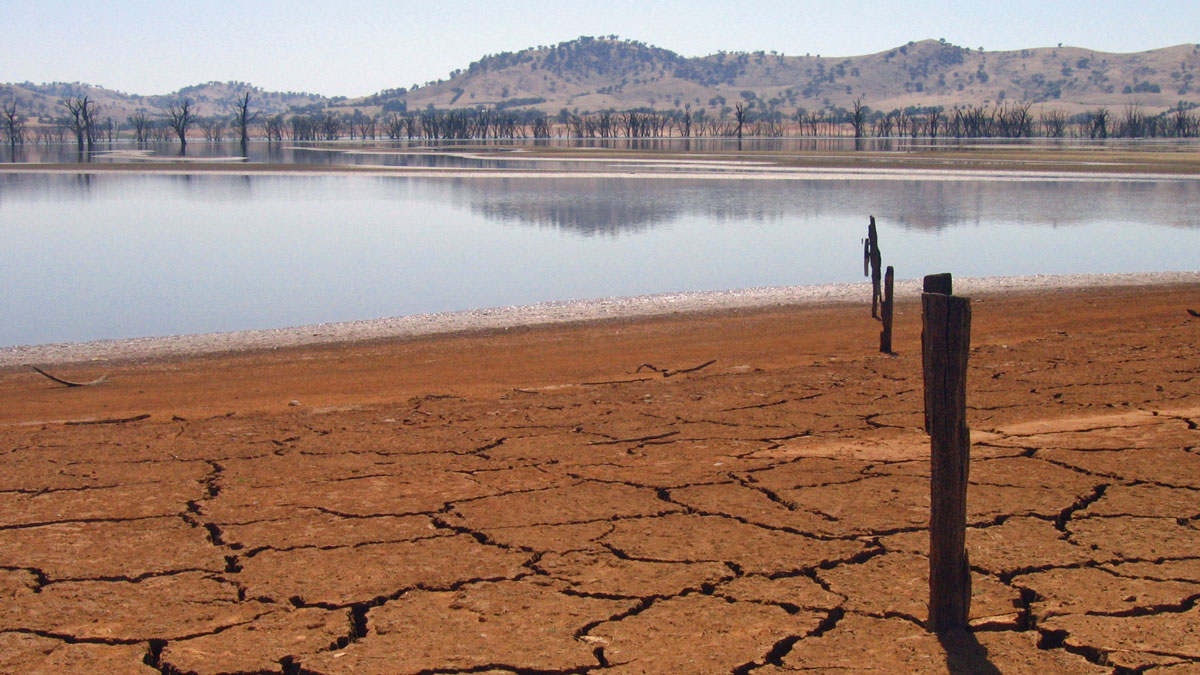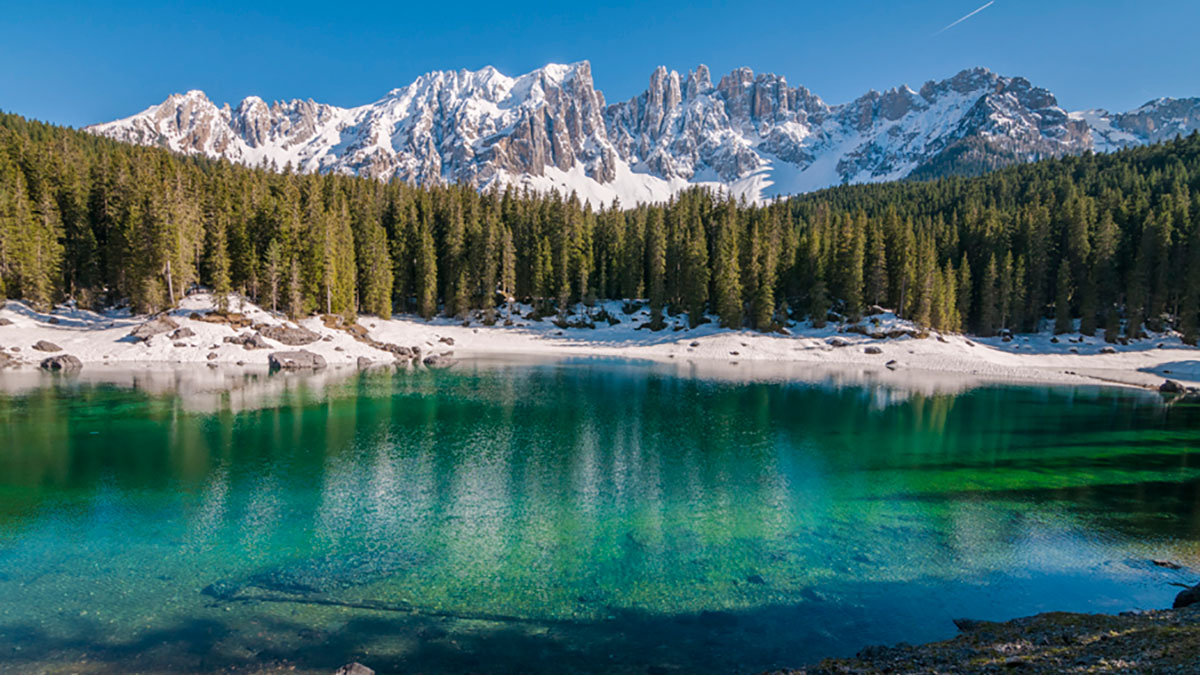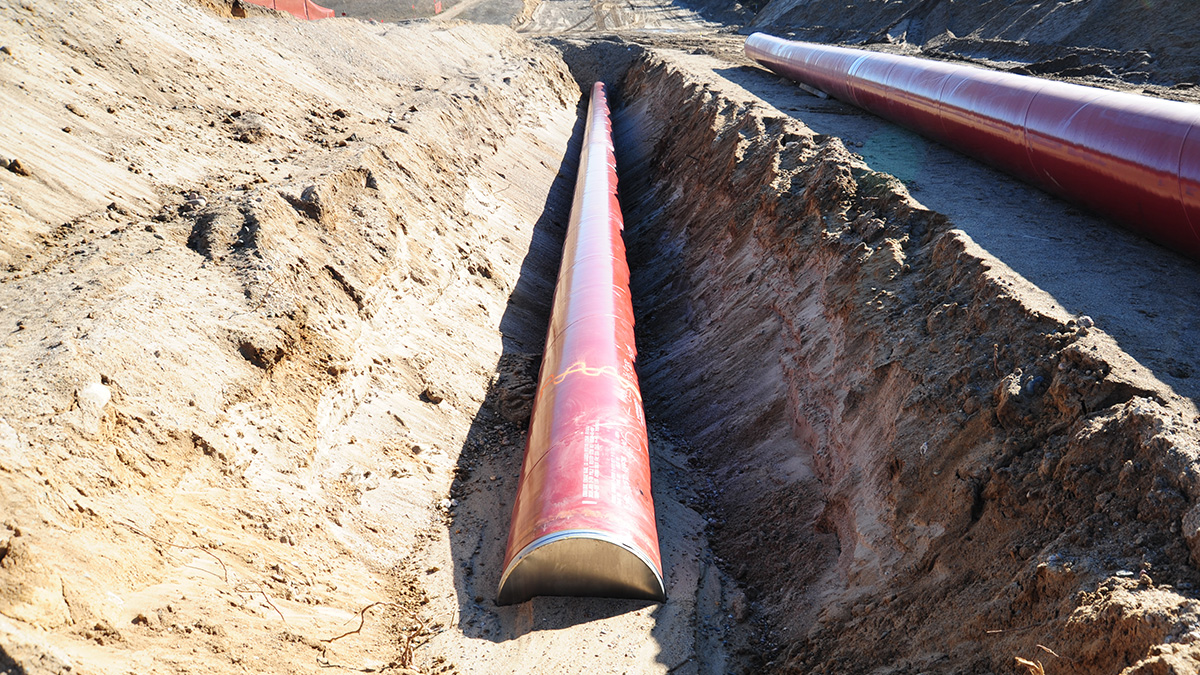Water flow simulations using 3D models of fossils yield new clues to the evolution of organisms known as medusozoans.
Sarah Stanley
Sarah Stanley, a freelance writer for Eos, has a background in environmental microbiology but covers a wide range of science stories for a variety of audiences. She has also written for PLOS, the University of Washington, Kaiser Permanente, Stanford Medicine, Gladstone Institutes, and Cancer Commons, a nonprofit that works with cancer patients.
Tracking Water in the Tongan Volcano’s Massive Eruption Plume
The recent eruption of the Hunga Tonga–Hunga Ha‘apai volcano blasted sulfate aerosols and a record-breaking amount of water vapor into the stratosphere.
Capturing Ocean Turbulence at the Underbelly of Sea Ice
A specially designed instrument enabled researchers in the Arctic to measure turbulence within 1 meter of the interface where ice meets ocean.
Surprise Hydrological Shifts Imperil Water Resources
Mounting evidence suggests the need for improved water planning strategies and revamped hydrological models.
The Fate of a Lake After a Dramatic Mining Disaster
Researchers tracked long-term sediment dynamics in Canada’s Quesnel Lake following the 2014 failure of a dam that spilled record-breaking amounts of contaminated mining waste.
A New Look at Preindustrial Carbon Release from the Deep Ocean
New research could help inform future studies of how the release of carbon dioxide from the Southern Ocean might affect global climate change.
Earth’s Lakes Emit Less Methane Than Previously Thought
Although the total surface area of Earth’s lakes emits less methane than previously believed, it is still among the largest natural methane sources.
Understanding Earthquakes Triggered by Wastewater Injection
A deep dive into a 2015 Oklahoma earthquake reveals new insights into the dynamics of quakes induced by wastewater injection, and could help inform future earthquake hazard modeling.
Los microbios podrían comer minerales magnéticos en un sitio de derrame de petróleo
Nuevos experimentos en un antiguo sitio de derrames de petróleo en Minnesota sugieren que los procesos no biológicos por sí solos no pueden explicar la disminución de la magnetización.










